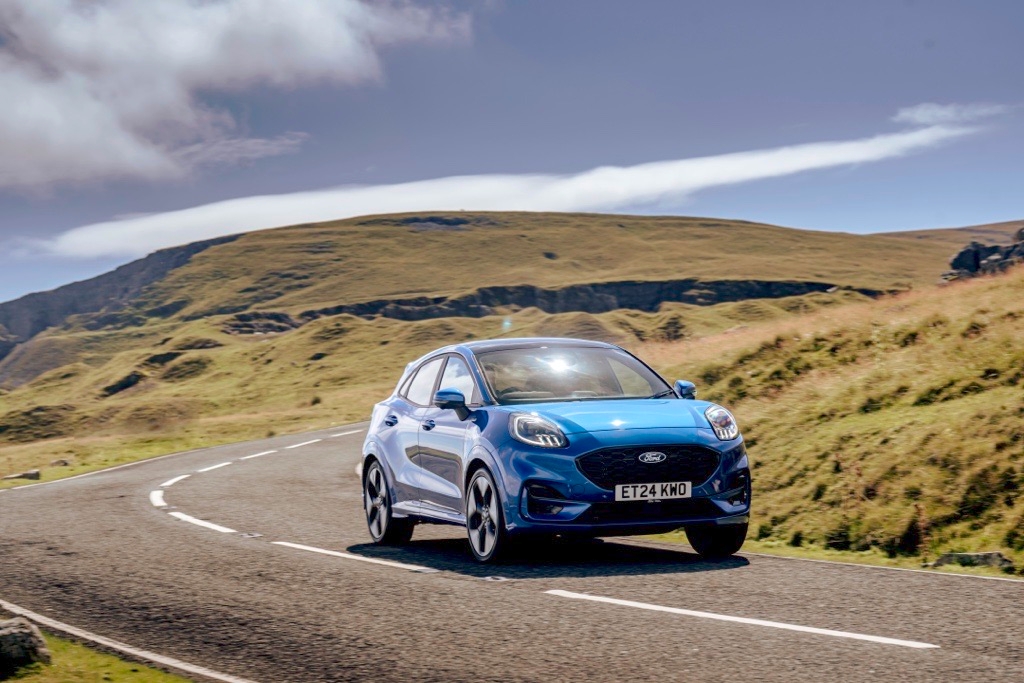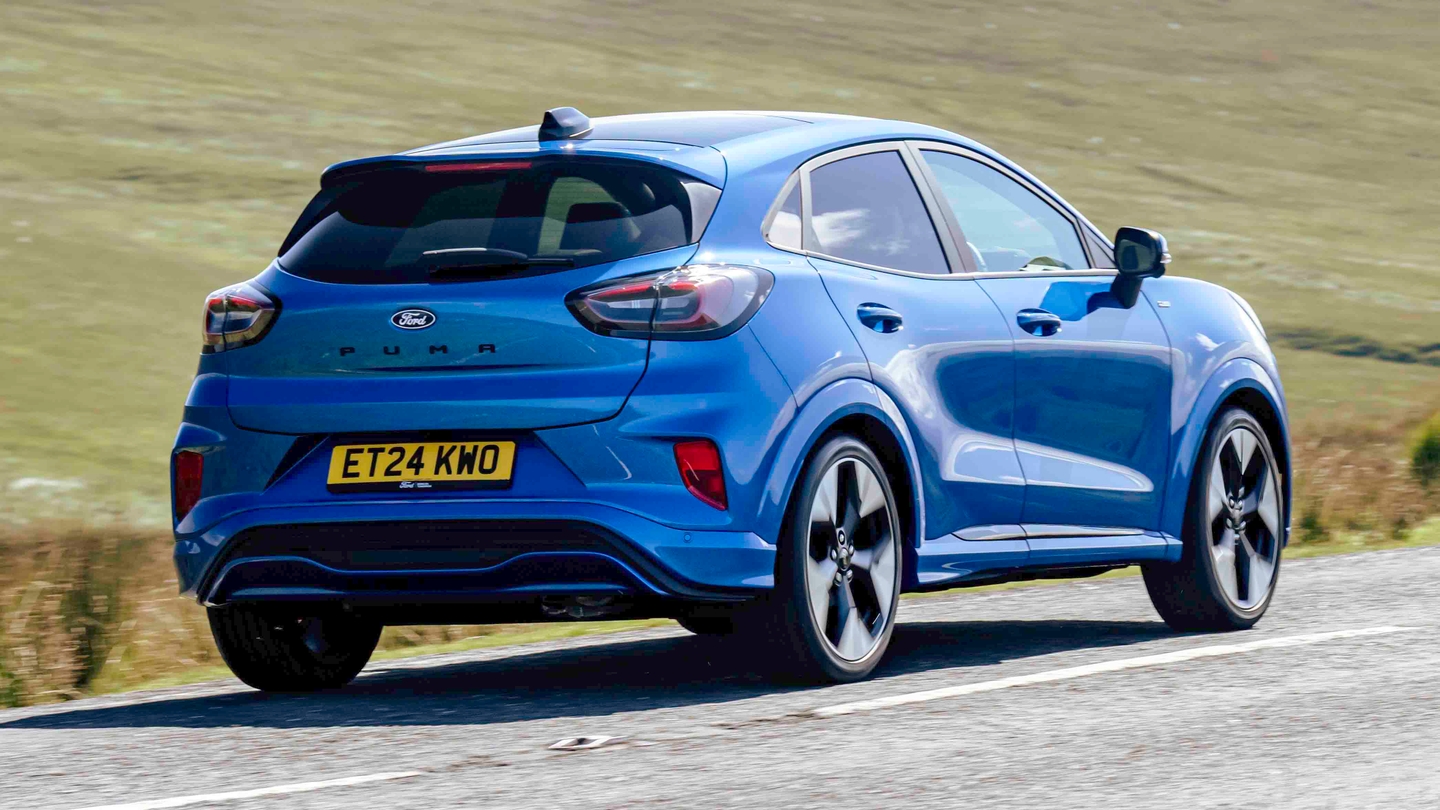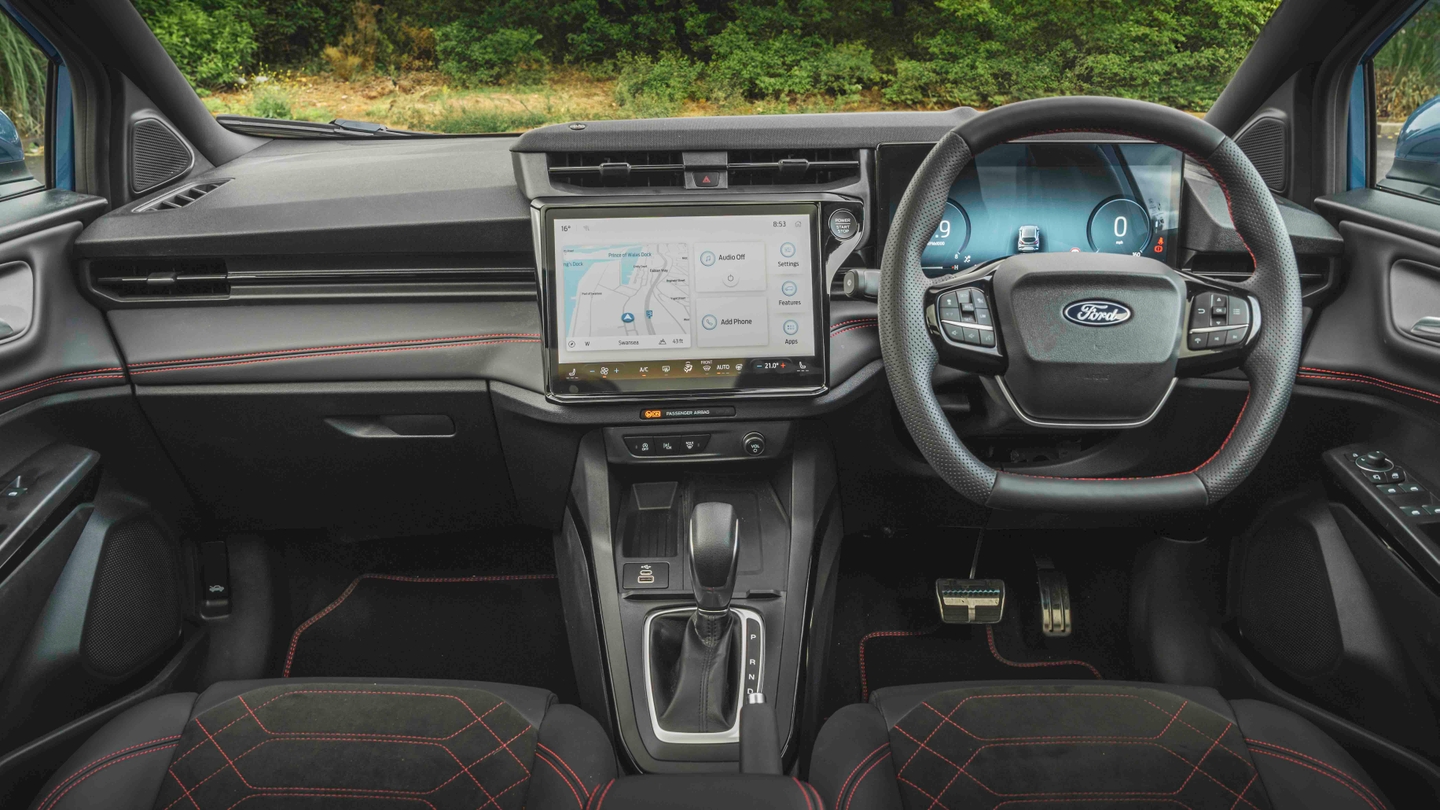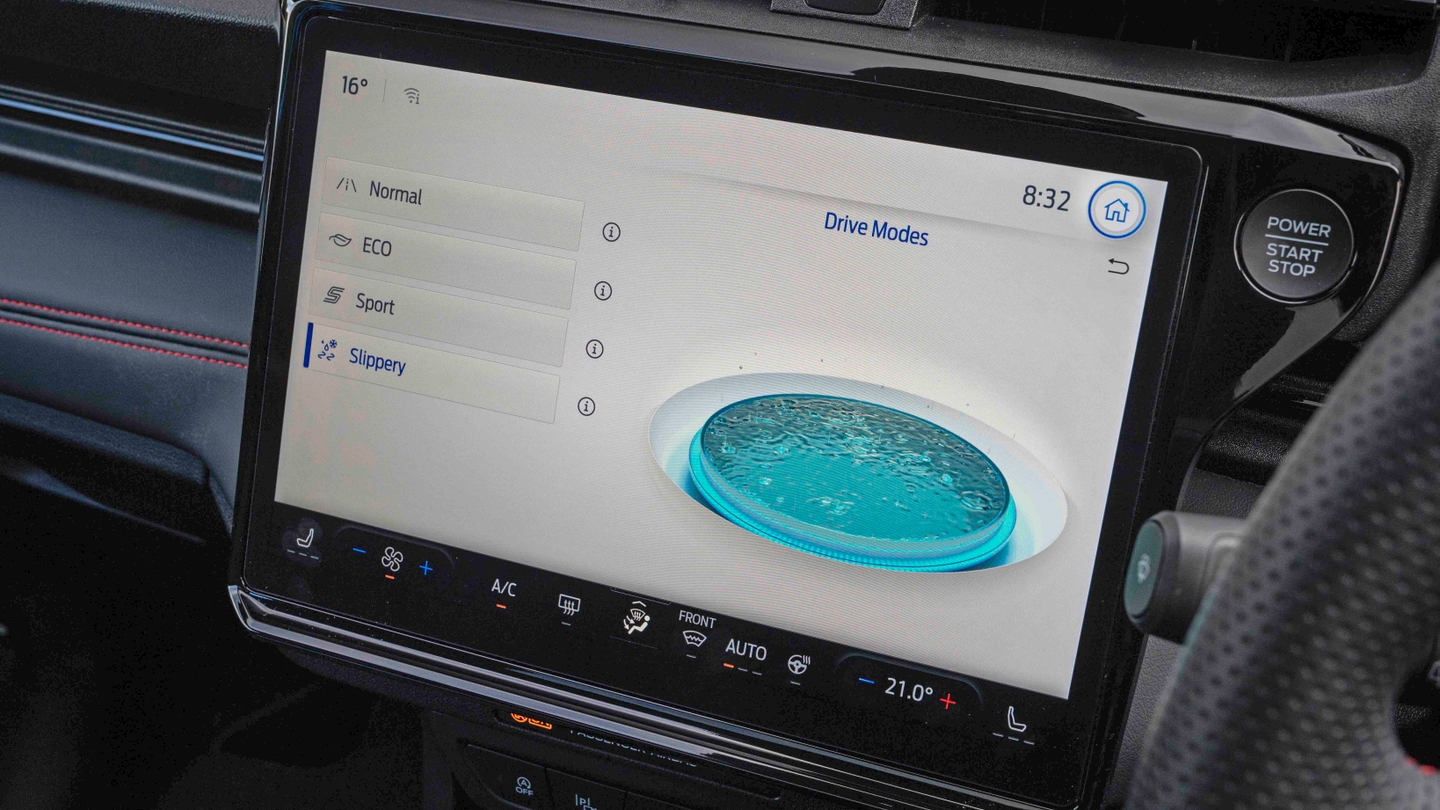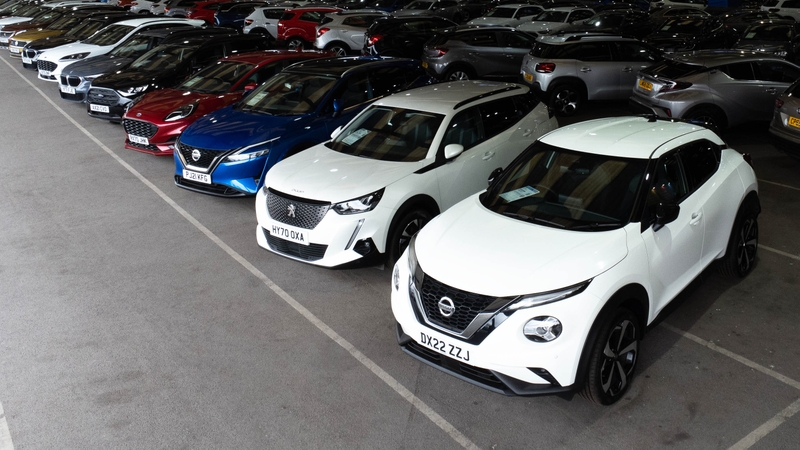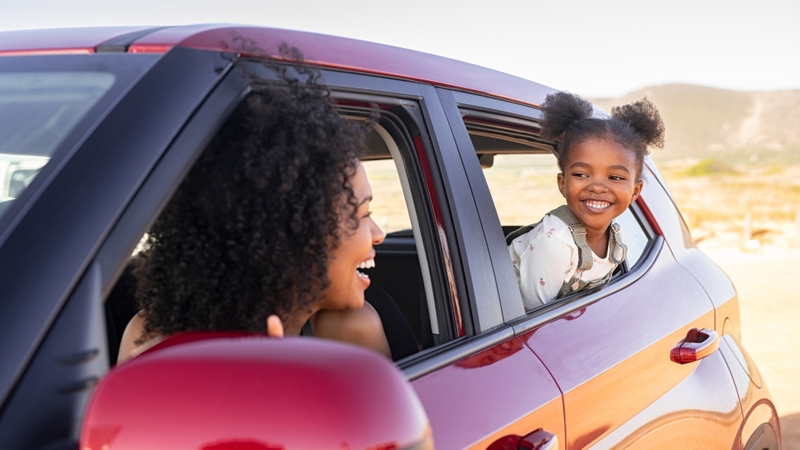
Ford Puma interior, tech and practicality
Gallery
Comfort and visibility
If you come to the Puma expecting a supreme view out over other cars you’ll be a little disappointed, simply because it isn’t all that tall for an SUV. It is comfortable, however, and just like the Fiesta, there’s a decent range of adjustment in the driver’s seat and steering wheel. Sadly the Puma’s humble roots mean you don’t get electric seat adjustment on any of the trim levels.
While the view out might not be especially birds-eye, you get a decent view out the front and sides of the Puma, although thick rear pillars marr the view out the rear corners. All models get rear parking sensors as standard to help mitigate this.
The Puma’s seats are pretty comfortable, and we’ve had no aches or pains even after long drives – though tall adults in the back seats won’t love life in the Puma.

Standard equipment
The Puma range starts with the Titanium model, before stepping up through ST-Line, ST-Line X, ST-Line Vignale and the sporty ST.
Titanium models make do without the fancy digital dashboard screen that other Pumas get, instead giving you a 4.2-inch screen nestled between two analogue dials. Ignore this for facelift cars, which get the big digi dials as standard. All pre-facelift cars get the same eight-inch colour touchscreen as other models though, with Apple CarPlay and Android Auto on offer if you plug your phone in. Titanium models ride on 17-inch alloy wheels, have power-folding heated door mirrors, a heated windscreen and a black cloth interior. Rear parking sensors and cruise control are also standard.
ST-Line models get a sportier look thanks to more aggressive front and rear bumpers, a larger rear spoiler and a different design of 17-inch wheel. The interior gets the full 12.3-inch digital dashboard, some sporty red stitching, while the suspension is firmed up compared to a Titanium model.
Fancy 18-inch wheels, tinted rear windows, a thumping B&O sound system, a wireless phone charger and a bit more range of adjustment to the passenger seat? That’s what the Puma ST-Line X gives you, as well as part-faux-leather seats.
The ST-Line Vignale gives you an upgrade to full LED headlights, 18-inch wheels, a silver-dotted grille, a different exterior bodykit while keeping the B&O sound system and wireless charger from the ST-Line X. You also get front parking sensors, as well as part-faux-leather upholstery, this time with grey stitching.
Sporty Puma ST models come with full LED headlights, tinted rear windows, an even sportier body kit with red brake calipers, firmer suspension than any other Puma, a wireless charger, the digital dashboard and a ‘sport’ and ‘track’ driving mode. You also get very huggy sports seats, as well as front and rear parking sensors.

Infotainment and audio
All Puma models get an eight-inch touchscreen infotainment system on the dashboard. Its built-in sat-nav software does look dated and is a bit slow to operate, so we recommend plugging your phone in and using Apple CarPlay or Android Auto instead.
We didn’t fall in love with the Titanium and ST-Line models’ basic six-speaker systems which sound a bit thin, but ST-Line X models and above get a B&O sound system that has seriously impressive bass, if not the outright clarity of the systems you get in more expensive BMWs and Audis.
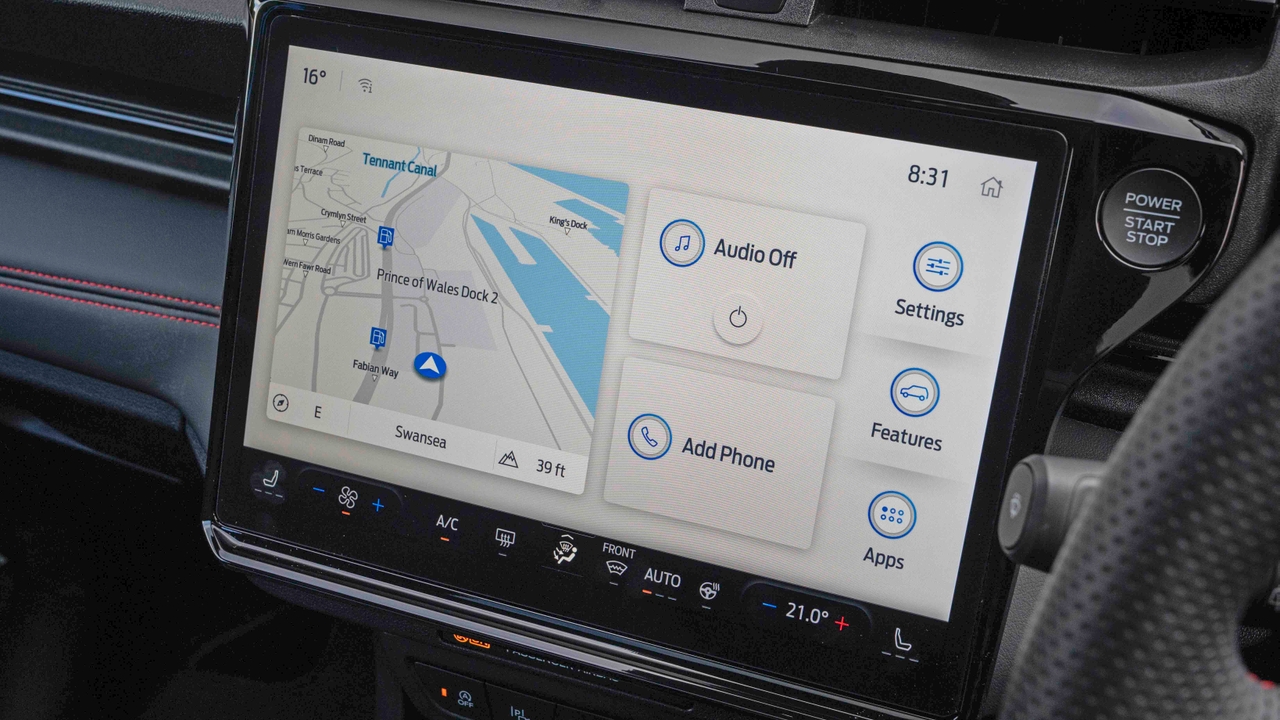
The infotainment system in 2024-on Pumas features a 12-inch screen, which you’ll need to use for the majority of features and settings. While we’re not super keen on this setup, the Puma’s screen is quick to respond and easy to operate. Most of the things you’ll use on a daily basis are accessed with just a couple of taps. However, one downside is that the climate control icons on the screen are small, and harder to use while driving than the proper dials in older Pumas.

Rear seat space
You don’t buy a small SUV expecting loads of room for back-seat passengers, but the Puma is quite tight for adults. Anyone over six feet tall will find their knees rubbing against the seats in front, while headroom isn’t fantastic and the rear of the cabin can feel quite claustrophobic – a Volkswagen T-Roc is much better in this regard. Child seats will fit, but taller kids will be merrily kicking the back of your seat all the way to school.

Boot space

If you’re stepping up from a Fiesta to the Puma you’ll be amazed at how much bigger the boot is – the Puma has a 456-litre load bay that eclipses the 311-litre one in its hatchback sibling. It’s a handy square shape and holds a secret under the boot floor. Lift the boot carpet and you’ll find a large waterproof cubbyhole with a removable drain plug – something Ford calls the Megabox. It’s ideal for stashing wet and muddy boots and hiking gear, or whatever disasters your kids manage to create.
Fold the rear seats down in their 60/40 split and you’ll be left with a large 1,170-litre space. A similarly priced Skoda Kamiq has 1,400 litres of space with its rear seats folded flat, and about the same amount of space with them up – but it lacks a Megabox. For shame.































